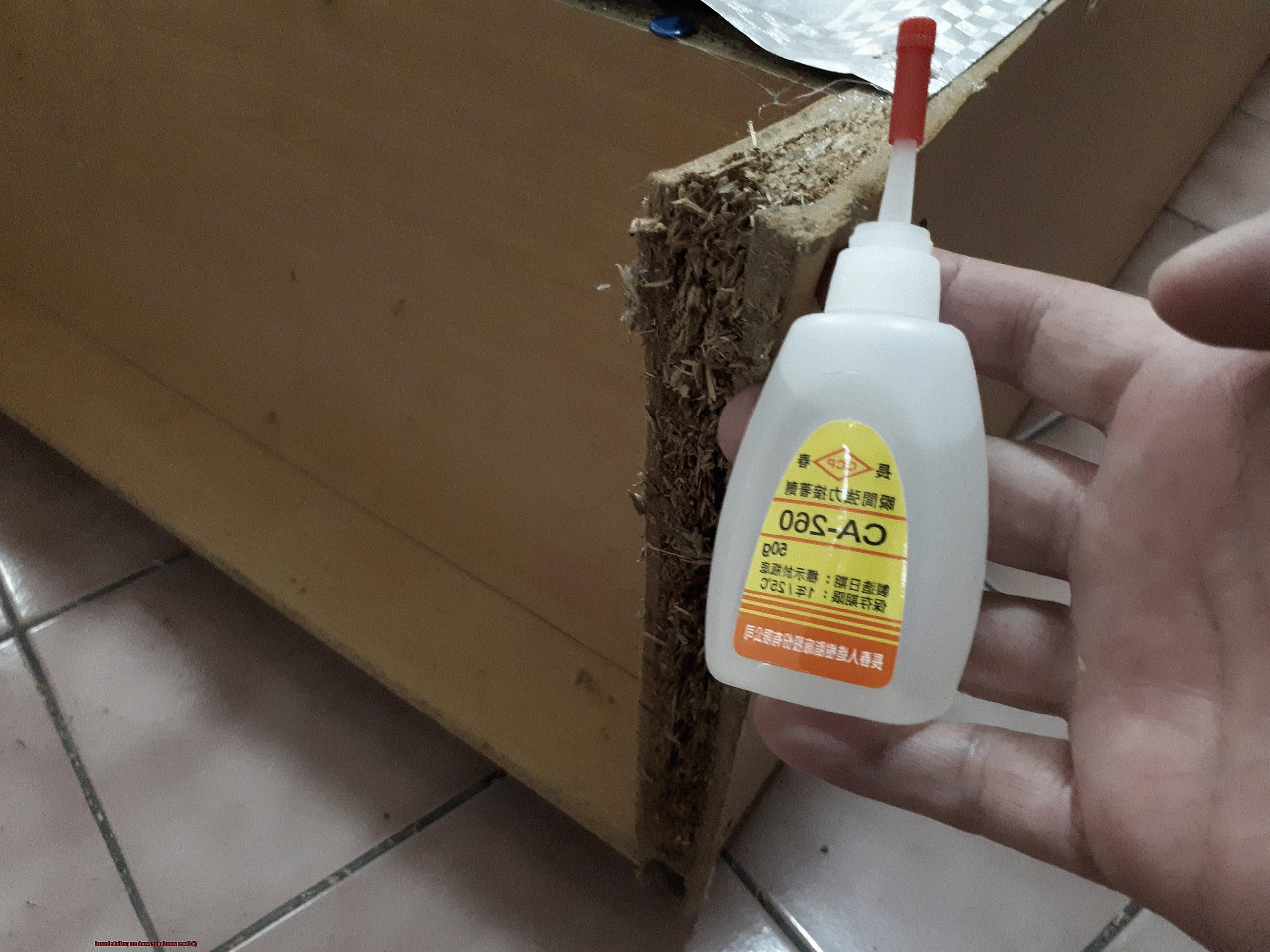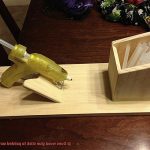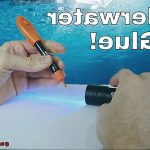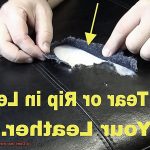Ready to dive into the world of particle board and wood glue?
We’ve got all the juicy details you need to know. Whether you’re a furniture-fixing pro or a newbie with a hammer, understanding how to bond particle board is key to nailing your project.
So, grab your favorite beverage (we won’t judge if it’s a double shot espresso) and let’s unravel the mysteries of this underrated material. Get ready for some serious bonding action as we unleash the power of wood glue on particle board.
Let’s get gluing.
What is Particle Board?
Contents
Particle board, also known as chipboard, is an engineered wood product that offers affordability, versatility, and environmental sustainability. It is made by compressing wood particles or fibers together with a synthetic resin binder under high heat and pressure. This process creates a board with a uniform texture and density, making it a popular choice for construction and furniture manufacturing.
Despite its advantages, particle board may present challenges when it comes to achieving strong and durable bonds using wood glue. Unlike solid wood, particle board may not have the same absorption properties, potentially affecting the bond strength of wood glue.
However, there are ways to maximize the bonding potential of wood glue on particle board:
- Choose the Right Wood Glue: Many brands offer specialized adhesives designed to work effectively on particle board. These adhesives often contain additives that enhance bonding capabilities on different surfaces.
- Cleanliness: Ensure that the surface of the particle board is clean and free from any dust or debris. This will promote better adhesion.
- Thin Layer: Apply a thin and even layer of wood glue onto the particle board surface. Excessive amounts of glue may result in weaker bond strength.
- Pressure and Clamping: Apply pressure or use clamps on the glued pieces until the adhesive has fully cured. This ensures a strong and durable bond between the particle board pieces.
- Mechanical Fasteners: In some cases, using screws or nails in conjunction with wood glue can provide additional strength to the joint between particle board pieces.
How Does Wood Glue Work?
If you’ve ever wondered about the magic behind wood glue and its ability to bond different wood surfaces together, you’re in for a treat. In this article, we’ll delve into the fascinating science behind wood glue and explore how it effectively bonds particle board surfaces.
The Science Behind Wood Glue:
Wood glue, also known as carpenter’s glue or PVA glue (polyvinyl acetate), is a versatile adhesive specifically designed for bonding wood surfaces. Its primary component, polyvinyl acetate, is a synthetic polymer renowned for its adhesive properties.
When applied to a wooden surface, the glue seeps into the material’s pores. As it dries, the water in the glue evaporates, causing the polymer molecules to cross-link and form a robust bond.
Bonding Particle Board:
Bonding particle board can be more challenging due to its porous nature and composition of small wood particles or fibers bonded together with resin or glue. However, wood glue is specially formulated to tackle this task. It has the unique ability to penetrate the porous surface of particle board and create a strong bond.
Mechanical Adhesion:
Wood glue doesn’t rely solely on chemical adhesion; it also employs mechanical adhesion to enhance its bonding strength. As the glue dries, it forms tiny strands or fibers that interlock with the fibers in the wood or particle board. This mechanical interlocking adds strength to the bond and helps prevent separation or failure over time.
Choosing the Right Wood Glue:
It’s important to note that various types of wood glues are available on the market, each with its own specific properties and recommended uses. When bonding particle board, selecting a wood glue suitable for porous surfaces and providing a strong bond is crucial. This ensures a reliable and durable connection that will withstand the test of time.
Proper Application:
To achieve optimal results when bonding particle board surfaces, following the manufacturer’s instructions for proper application is essential. Thoroughly clean the surfaces to remove any dust or debris that may hinder the adhesive bond. Apply a thin and even layer of wood glue to both surfaces, ensuring complete coverage. Utilize pressure and clamps to hold the pieces firmly together while the glue dries.
Is Wood Glue Effective on Particle Board?
Wood glue, the versatile adhesive commonly used for joining wood pieces together, can present some challenges when used on particle board. Particle board, also known as chipboard, is an engineered wood product made from wood particles and a binding agent like glue or resin. While particle board is affordable and versatile, its unique characteristics can affect the effectiveness of wood glue.
One challenge is the rough and porous surface of particle board. Unlike solid wood, particle board lacks a smooth and dense surface, making it difficult for wood glue to penetrate and adhere properly. The rough surface can create air pockets and weak spots in the bond, leading to potential failures.
To overcome this challenge, preparation is key. Sanding the particle board surface creates a smoother and more even surface for better adhesion. Additionally, thorough removal of dust and debris ensures a strong bond.
Another challenge is particle board’s moisture sensitivity. When exposed to moisture, particle board swells and warps, weakening the bond created by wood glue over time. Protecting the particle board from moisture and using waterproof or moisture-resistant wood glue can mitigate this issue.
Choosing the right type of wood glue is crucial for a strong bond on particle board. PVA (polyvinyl acetate) glue is commonly used for woodworking projects and can work well on particle board. On the other hand, polyurethane glue expands as it cures and provides a stronger bond on porous surfaces like particle board.
Applying sufficient pressure during the curing process is also essential for a strong bond. Clamping the pieces tightly until the glue has fully cured ensures that the glue spreads evenly and makes intimate contact with the particle board surface.
While wood glue can be effective on particle board with proper techniques, there are alternative adhesive options available that may be better suited for bonding particle board. Contact cement or construction adhesive, for example, offer excellent bonding properties on porous surfaces like particle board.
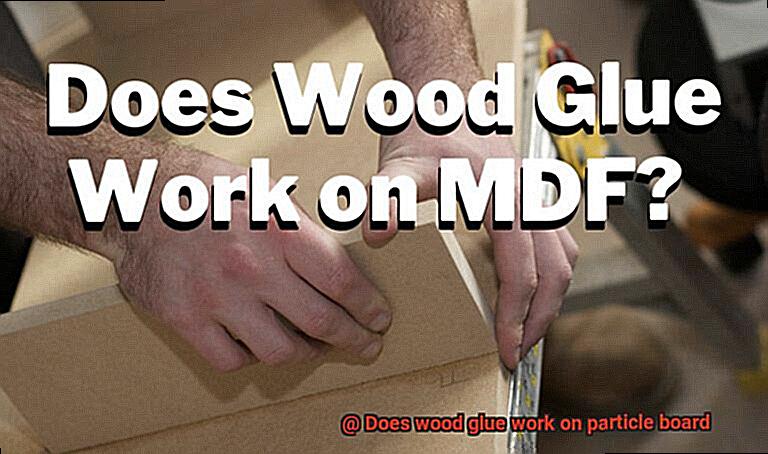
Preparing the Surface for Glue Application
Preparing the surface for glue application on particle board is a crucial step to ensure a strong and durable bond. Before diving into the glue application, it is important to follow a few key steps to maximize the bonding power of your project.
First and foremost, it is essential to clean the surface of the particle board. Dust, dirt, and debris can hinder the effectiveness of the glue, so grab a soft cloth or brush and thoroughly wipe away any pesky particles. This will create a clean and smooth surface for the glue to adhere to.
Once the surface is clean, it’s time to rough it up a bit. Using fine-grit sandpaper, sand the particle board in a circular motion. This creates a rough texture that enhances the bond between the glue and the surface. However, be careful not to apply too much pressure as it can damage the particle board.
After sanding, it is crucial to remove any remaining dust. Even the tiniest speck can interfere with the bonding process. Use a clean cloth or a vacuum cleaner to ensure that every last bit of dust is eliminated.
Now, take a close look at your particle board. Are there any gaps or cracks? If so, don’t worry. Grab some wood filler or putty and fill those gaps in. Smooth it out with a putty knife and allow it to dry completely before moving forward.
With a clean and repaired surface, it’s finally time for the main event – applying the glue. Use a brush or roller to evenly spread a thin layer of wood glue onto the particle board. Be sure to follow the manufacturer’s instructions regarding drying times and application techniques.
Once the glue has been applied, it’s time to press those pieces together firmly. Use clamps if necessary to ensure a tight bond. Patience is key here – let the glue dry completely before removing clamps or applying any additional pressure.
It is important to note that while wood glue can do the job on particle board, there are specialized particle board adhesives available for even stronger bonds. Consider consulting with a professional or researching these options for projects that require exceptional strength.
Applying the Wood Glue
Applying wood glue may seem like a straightforward task, but when it comes to particle board, there are a few crucial steps to follow in order to achieve a strong and durable bond. So, put on your safety goggles and let’s plunge into the fascinating world of wood glue.
The first step is to ensure that the surface of the particle board is impeccably clean and free from any dust or debris. This can be easily accomplished by wiping it down with a damp cloth or using compressed air to blow away any loose particles. Remember, a pristine surface is absolutely essential for the glue to adhere properly.
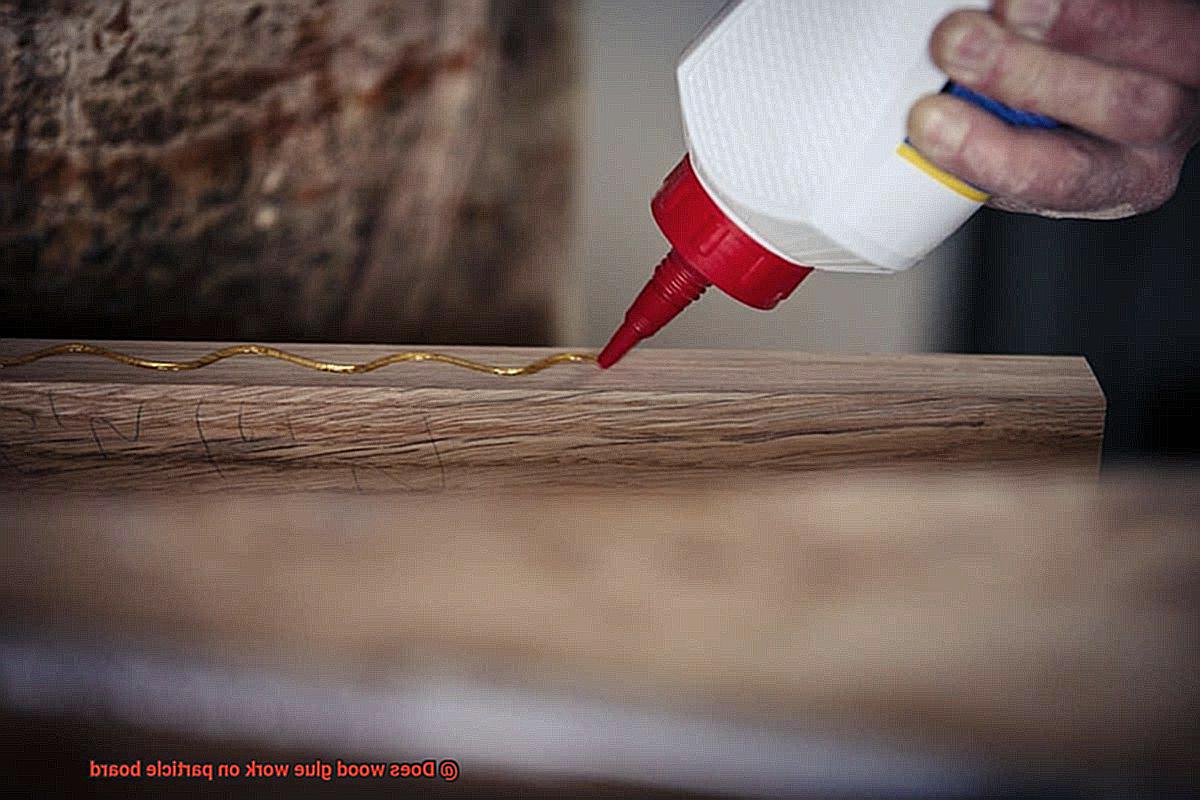
Now that you have a spotless surface, it’s time to apply the wood glue. Begin by spreading a thin layer of glue evenly on both surfaces that you wish to join. To guarantee full coverage, consider using a roller or brush to ensure that the glue reaches every nook and cranny. Take care not to go overboard with the glue, as excess amounts can lead to messy finishes and weaken the bond.
With the glue applied, it’s time to bring the pieces together. Utilize clamps to firmly press the pieces of particle board together. This allows the glue to dry and create a formidable bond between the two surfaces. Keep in mind that drying times for wood glue can vary depending on the brand and type used, so it’s essential to follow the manufacturer’s instructions for optimal results.
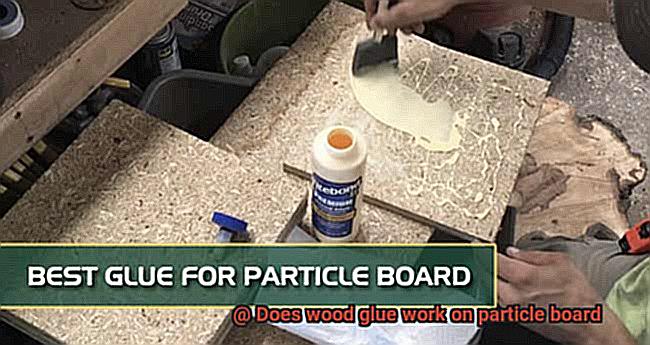
Once the glue has thoroughly dried, you may notice some excess residue around the edges. Not to worry – this can be easily remedied. Simply grab a sharp chisel or scraper and carefully remove any excess glue. This final touch will give your project a polished and professional appearance.
It’s important to note that while wood glue is effective for joining pieces of wood together, its efficacy on particle board can vary. Particle board is composed of wood particles and resin, making it more porous and less dense than solid wood. To ensure a stronger bond, experts recommend using screws or nails in addition to wood glue when joining particle board pieces together.
Specialized Adhesives for Particle Board
Specialized adhesives for particle board are the key to creating strong and durable bonds between particle board pieces. Particle board, a popular choice in the construction and furniture industry due to its affordability and versatility, can be challenging to work with when it comes to adhesion. However, there are specialized adhesives available that are specifically designed to bond with particle board.
One such adhesive is polyvinyl acetate (PVA) glue, also known as white glue or carpenter’s glue. This water-based adhesive is widely available and offers excellent bonding properties. It penetrates the porous surface of the particle board and forms a strong bond as it dries. PVA glue is easy to use and provides a reliable bond, making it a popular choice for both professional craftsmen and DIY enthusiasts.
If you’re working with melamine or laminated surfaces on your particle board, melamine glue is a great option. This thermosetting adhesive provides a strong and durable bond. It requires heat and pressure to activate its bonding properties, so it is often used in combination with a hot press or a heated iron.
In addition to PVA glue and melamine glue, there are other specialized adhesives available for bonding particle board, such as urea-formaldehyde resin (UF resin) and epoxy resin. UF resin is commonly used in the manufacturing of particle board itself, as it provides a strong and durable bond between the wood particles. Epoxy resin offers exceptional strength and durability and is often used in high-stress applications.
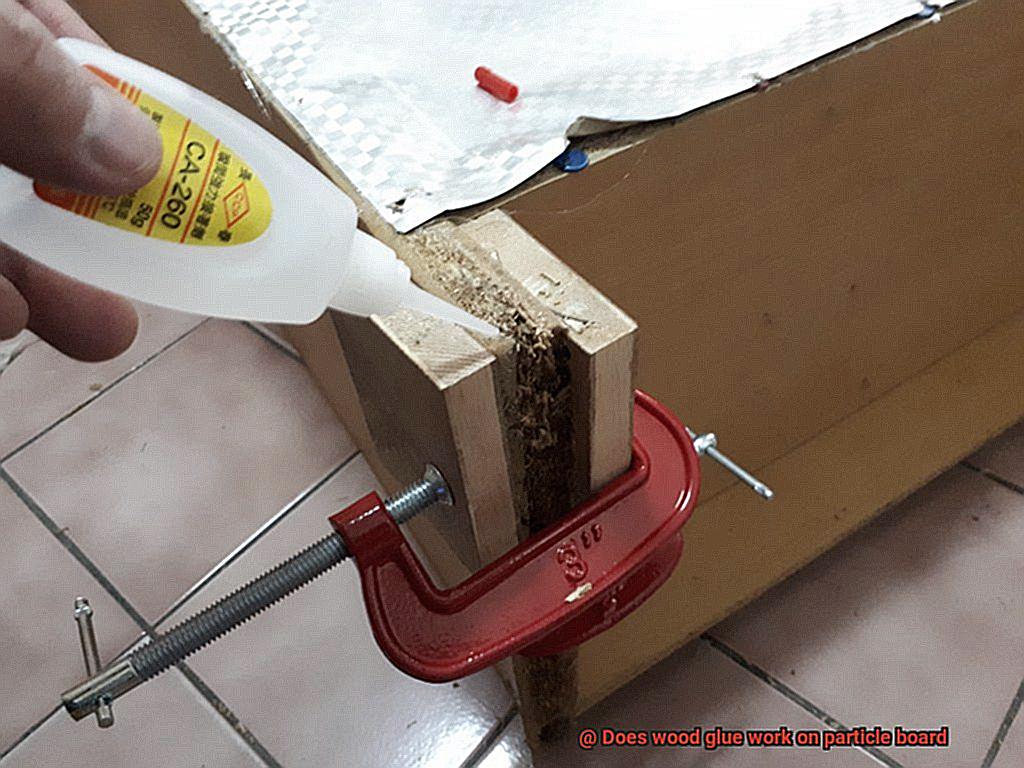
When selecting a specialized adhesive for your particle board project, consider factors such as the intended use of the bonded surfaces, resistance to moisture or temperature changes, drying and curing time, and compatibility with the specific type of particle board being used. Always follow the manufacturer’s instructions for proper application.
Using Mechanical Fasteners with Wood Glue
When used together, these two superheroes can transform your woodworking projects, increasing the strength and stability of particle board joints to create structures that are virtually unbreakable.
Let’s delve into the intricacies of this powerful partnership. Mechanical fasteners, such as screws and nails, are the brawn of the operation. They offer a robust hold, preventing the joint from disintegrating under stress. But they can’t bear the weight alone. Enter wood glue – the adhesive that bonds like a lifelong friendship. It infiltrates the fibers of the particle board, creating an unyielding connection when it dries. Wood glue acts as a binding agent, uniting all elements of the joint with unwavering strength.
But how does this dynamic duo work in harmony? Picture this: you meticulously position and drive in your fasteners to avoid any splitting or cracking of the particle board. Then comes the moment of truth – applying wood glue evenly and generously on both surfaces to be joined together. Spread it like smooth peanut butter on toast – a velvety layer that ensures maximum contact between all components.
Now, drive in your mechanical fasteners at regular intervals along the joint, selecting those specially designed for use with particle board to minimize any potential damage. And there you have it. A joint emerges that is ready to face any challenge thrown its way.
But heed this advice – using wood glue and mechanical fasteners is not a one-size-fits-all solution. To achieve optimal results, select the appropriate adhesive and fastener for your unique application. Always follow manufacturer instructions for maximum effectiveness.
rrmsu2-iWzE” >
Conclusion
To sum up, wood glue can indeed work on particle board if you follow the right steps and take proper precautions. Particle board, with its less dense and porous nature, poses some challenges in achieving a strong bond with wood glue. However, by selecting the appropriate type of wood glue, preparing the surface diligently, and applying ample pressure during the curing process, you can maximize the bonding potential of wood glue on particle board.
Choosing a suitable wood glue that is specifically designed for porous surfaces and offers a robust bond is crucial. Polyvinyl acetate (PVA) glue is commonly used in woodworking projects and proves effective on particle board. Additionally, considering specialized adhesives like melamine glue or epoxy resin may yield better results for specific applications.
Properly preparing the surface of the particle board before applying the glue cannot be emphasized enough. This entails thoroughly cleaning the surface, sanding it to create a rough texture for enhanced adhesion, and eliminating any dust or debris. It is also advisable to fill in any gaps or cracks with wood filler or putty.
When applying the wood glue, ensure that you spread a thin and even layer on both surfaces to be joined together. Using clamps or exerting pressure during the curing process guarantees a tight bond between the pieces of particle board.
Although wood glue can be effective on particle board, there are alternative adhesive options available that might be more suitable for bonding this material. Contact cement or construction adhesive exhibit excellent bonding properties on porous surfaces like particle board.
By adhering to these guidelines and employing proper techniques, you can successfully utilize wood glue on particle board for your DIY projects. Always remember to read and follow the manufacturer’s instructions for optimal outcomes.

